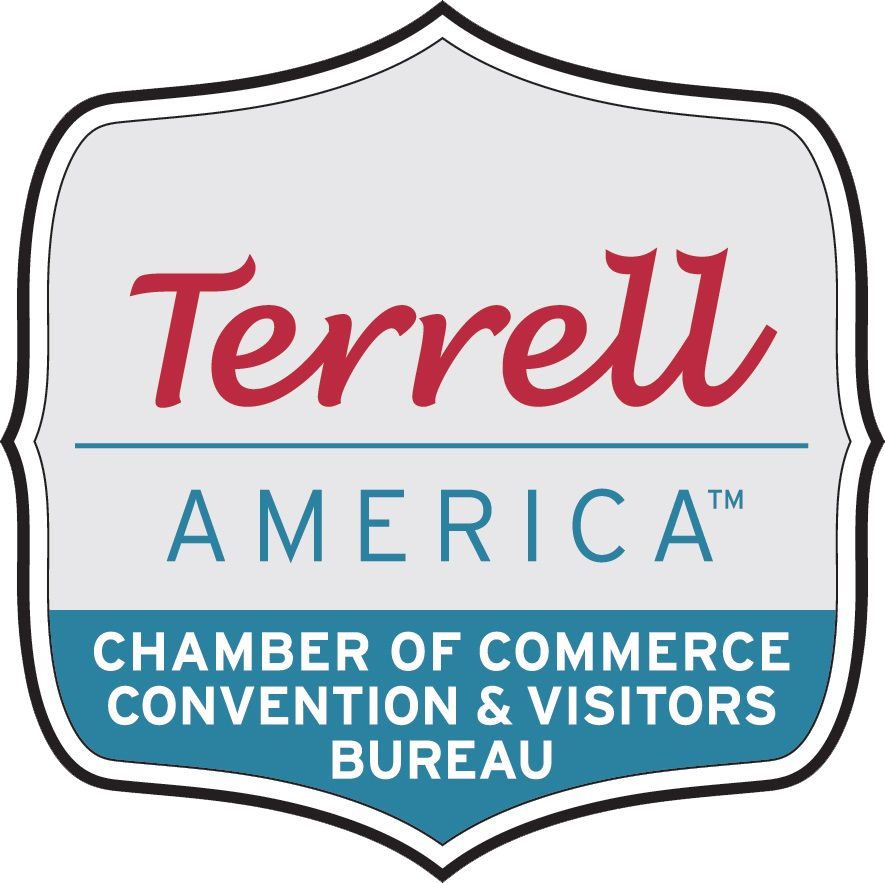Welcoming Without Walls: Practical Inclusion for the Everyday Business
Building an inclusive and accessible business isn’t reserved for corporations with big budgets and PR departments. In fact, smaller businesses are uniquely positioned to create environments that genuinely reflect the communities they serve. But there’s often a mistaken belief that meaningful changes demand costly renovations or sweeping structural shifts. The truth is, progress doesn’t have to come in the form of an overhaul—it can begin with thoughtful, visible choices that signal respect and openness.
Start With the Language You Use
The signs in the window, the wording on your website, and the tone of customer interactions all shape who feels comfortable walking through the door. Subtle shifts in phrasing—avoiding jargon, using plain language, and adding inclusive statements—can make a world of difference. Clear language doesn’t dumb things down; it invites more people in by lowering the barrier to understanding. When people see themselves reflected in the words a business uses, they’re more likely to feel seen and valued.
Give Everyone a Voice in the Conversation
Translating spoken content like help guides, safety briefings, or staff training materials can open doors for those often sidelined by audio-only formats. This is a solid choice for small businesses aiming to meet a wider range of needs without overhauling their entire system. Tools like AI transcription services and browser-based voice translators now make it fast and affordable to convert spoken material into multiple languages. By doing so, you’re not just adding convenience—you’re making the experience more equitable for everyone who walks through your door.
Rethink the Layout—But Don’t Tear Down Walls
It doesn’t take blueprints or permits to create a space that’s easier for everyone to navigate. Simply reassessing the arrangement of tables, product displays, and counters can reveal obstacles that might go unnoticed otherwise. Is there enough room for someone using a wheelchair or walker to pass through without bumping into anything? Even a single aisle widened or a counter cleared off can send a quiet message: this space is meant for everyone, not just the able-bodied or unencumbered.
Make Digital Spaces More Navigable
Accessibility isn’t just about physical entry points—it’s also about how easy it is to engage with your business online. Websites with proper alt text, readable fonts, and keyboard-friendly navigation don’t just benefit visually impaired users; they create a smoother experience for all. Consider how many people scroll with tired eyes, older devices, or spotty Wi-Fi. Optimizing a website with those realities in mind makes it more welcoming by default, not just by intention.
Train for Empathy, Not Just Efficiency
Employees often define the customer experience more than any physical or digital feature. Training shouldn’t just be about speed or sales tactics—it should prioritize empathy, patience, and adaptability. Teaching staff how to interact respectfully with people of all abilities and identities isn’t complicated, but it requires intentional effort. Role-playing different customer scenarios, encouraging curiosity, and emphasizing human dignity over policy adherence can shape a more inclusive culture behind the counter.
Look Again at the Policies You Already Have
Many accessibility barriers aren’t about infrastructure but policy—whether stated or unspoken. A “no outside food” rule might seem standard until a customer with a medical condition needs to bring their own snacks. Loyalty programs or refund policies that require digital literacy can alienate older patrons or those without tech access. Reevaluating these everyday rules through an inclusion lens doesn’t mean eliminating them entirely—it means looking for exceptions that make sense and show humanity.
Build Relationships Beyond the Usual Suspects
Inclusivity thrives when relationships widen. Most small businesses naturally build connections with their regulars, but it’s worth seeking out partnerships with local disability advocates, LGBTQ+ groups, or translation services to understand how to reach people you may have overlooked. This doesn’t have to be a formal sponsorship or campaign—it could mean attending a community event or featuring different cultural holidays in your decor. By actively listening to new voices, the business itself begins to mirror a broader spectrum of the community.
Creating a more accessible and inclusive business isn’t about checking boxes or chasing trends. It’s about choosing to see people more fully—those with different bodies, different needs, different backgrounds—and adjusting your lens accordingly. These changes aren’t about perfection or one-time fixes; they’re about becoming a better neighbor, employer, and service provider day by day. And for small businesses, that kind of honest, flexible change often means more than any flashy campaign.
Discover the charm and opportunities of Terrell by joining the Terrell Chamber of Commerce and connect with local businesses to foster growth and success in our vibrant community!
This Hot Deal is promoted by Terrell Chamber of Commerce.

